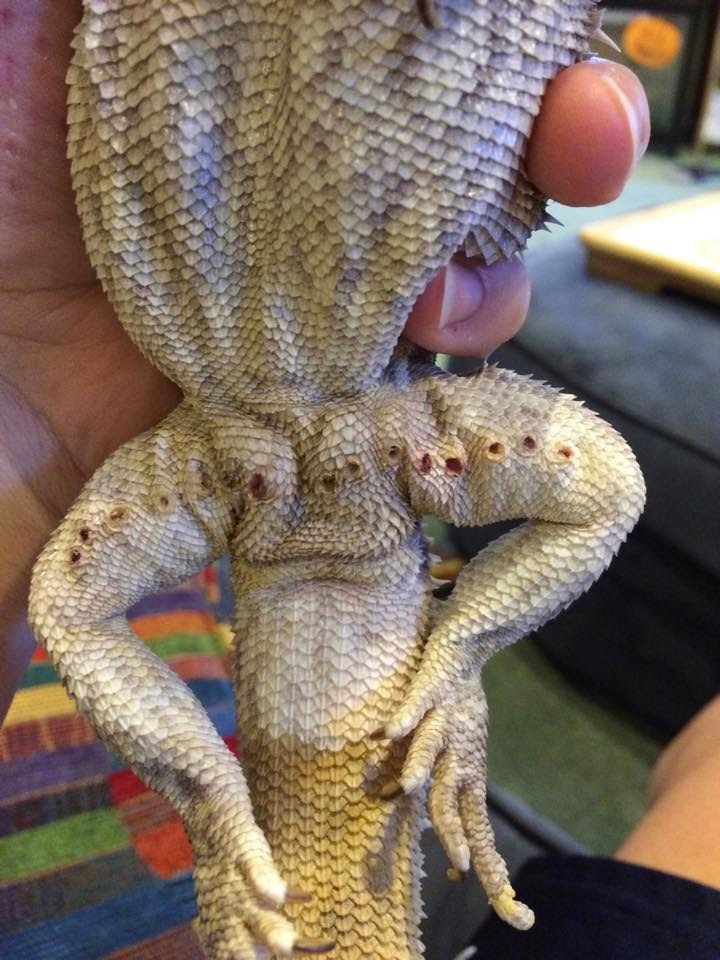Bearded Dragon Owners Beware: How to Spot and Treat Tail Rot with Pictures
Introduction
Owning a bearded dragon is a fulfilling and exciting experience, but it also comes with its own set of challenges. One of the most common health concerns among bearded dragon owners is tail rot. This condition can be life-threatening if left untreated, so it’s important to know what to look for and how to treat it effectively. In this blog post, we will be discussing how to spot tail rot in your bearded dragon, along with pictures to help you identify it early on. We will also provide tips on how to treat this condition to ensure a speedy recovery for your beloved pet.
What is Tail Rot?
Tail rot is a condition that occurs when the tail of a bearded dragon is damaged or injured. This can happen for a variety of reasons, including injuries from fighting with other dragons, getting caught in something, or from an untreated wound. When the tail becomes damaged, it can become infected with bacteria, which can spread to healthy tissue and cause the tail to rot.
Symptoms
The symptoms of tail rot can vary depending on the severity of the infection. In the early stages, you may notice darkening or discoloration of the tail, which will spread over time. Other symptoms include:
- Dry, scaly skin
- Lack of responsiveness or appetite
- Foul odor on the tail or body
- Pus or discharge coming from the affected area
- Swelling or redness on the tail

If you notice any of these symptoms in your bearded dragon, it’s important to act quickly and seek out veterinary care. Early detection and treatment can make all the difference in your pet’s recovery.
Treatment
The treatment for tail rot will depend on the severity of the infection. In some cases, your vet may need to amputate the affected part of the tail to prevent the infection from spreading to the rest of your pet’s body. In less severe cases, your vet may prescribe antibiotics and recommend that you keep the affected area clean and dry.
To help prevent tail rot from occurring in the first place, make sure to regularly inspect your bearded dragon’s tail for any signs of damage or injury. Avoid feeding your pet insects that are too large, as they can cause damage to the tail when your bearded dragon tries to catch them. Finally, ensure that your dragon’s enclosure is clean and free from any sharp objects that could cause injury.
Conclusion
Tail rot can be a serious and life-threatening condition for bearded dragons, but with early detection and treatment, your pet can make a full recovery. By regularly inspecting your dragon’s tail and ensuring that their enclosure is safe and clean, you can help prevent this condition from occurring. Remember, if you suspect that your bearded dragon may have tail rot, seek veterinary care immediately to ensure the best possible outcome for your pet.
